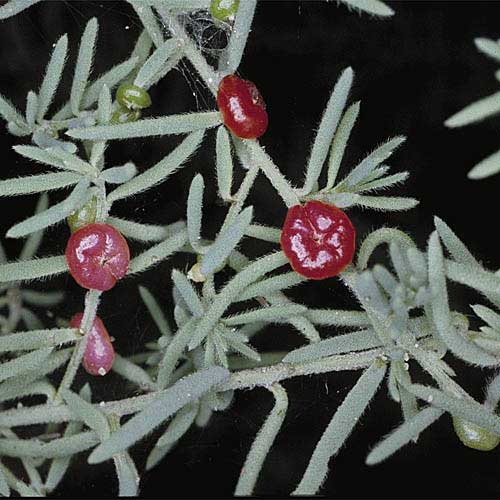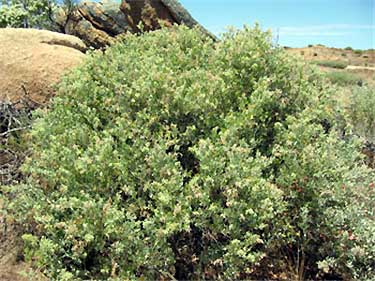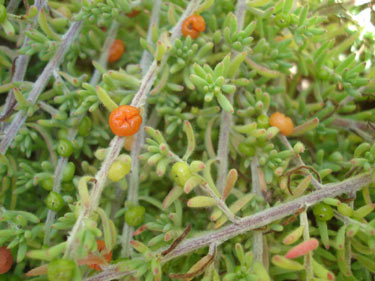|
Native vegetation near vegetable crops is significant in the fight against pests, as it can harbour the natural predators required to manage the pest populations.
Vegetable growers can make native vegetation an important part of their disease and pest management.
Native vegetation is known to help with pest management in two ways:
- Replacing weeds that harbour pests and diseases of vegetable crops with native plants that do not host these pests.
- Maintaining remnant vegetation that is known to attract and provide refuge for natural enemies that prey on insect pests.
Before native vegetation can become part of an integrated pest management and conservation strategy, the risks need to be identified and management strategies developed.
Major risks are any actions that increase the risk of plant pests including escalating minor pests to major pests and increasing the frequency and severity of pest outbreaks.
The following report examines the role of native vegetation in plant pest control and considers the most common questions about native vegetation :
- WHY should I maintain or create areas of native vegetation and how will it benefit me ?
- HOW do I know it won’t add to my pest problems ?
The project findings suggest that numerous native species can host beneficial insects that are valuable in IPM pest control systems.
Remnant
native vegetation on-farm may allow natural enemies to respond
more quickly to pests in crops.
Author : Nancy Schellhorn
|


Key Findings :
-
The study revealed that:
- Of the 110 arthropod pests of vegetable crops, less than half are ranked as important and less than 20 are perceived as difficult to control.
- There are no generalizations about what makes a pest of vegetable crops, for example, exotic versus native pests, their taxonomic group (i.e. beetles vs moths), and range of hosts.
- By cross referencing the 110 pests with 453 host feeding records on native plants, risk estimates were generated for plant families used in revegetation programs.
Approximately 37 native plant families are low risk for pest management in vegetable production and good for revegetation.
These include native saltbush species including :
- Fragrant saltbush (Rhagodia parabolica)

- Ruby saltbush (Enchylaena tomentosa)

- Edge habitat between native remnant vegetation and crops supports many species of insect predators and there is a net migration from remnant vegetation to crops.
This is particularly true for the edge habitat between riparian remnant vegetation and crops.
This trend was present in both landscapes, but significant in the landscapes with a high percentage of remnant vegetation.
- Some pest species also like the riparian remnant vegetation.
This is particularly true for jassids that use the exotic grass that is abundant around field and remnant edges.
- The majority of growers were interested in the concept of using native vegetation for pest management whether they already had native vegetation on their farm or not.
- Most growers have an average or high regard for native vegetation for a range of benefits including erosion prevention and windbreaks.
Growers also recognise drawbacks such as it the demand for additional water and land area.
- We can predict the time to colonisation from a refuge to a crop of a biological control agent.
SEE ALSO :
VG005014 Native Vegetation and Pest Control – part 1 (2006)
 VegeNote : Native Vegetation and Pest Control (2008) VegeNote : Native Vegetation and Pest Control (2008)
Acknowledgements :
The author would like to acknowledge and thank:
Anna Marcora for her exceptional technical support, leadership and management of the field component of the project.
Lynita Howie, Barbara Clifford, and Andrew Hulthen for assisting with sorting of Malaise trap samples and contributing to the data base.
Felix Bianchi for completing the database, and Mulgowie Farms (Andrew Johanson and The Emericks) and DPI&F Gatton Research Station for allowing the team to conduct Malaise trap surveys on their property.
Bronwyn Walsh, Samantha Hermitage and Dave Carey all of QLD DPI&F
The author would also like to thank the growers and industry representatives for volunteering their time to participate in the survey and discuss project ideas.
This project has been facilitated by the C.S.I.R.O., the QLD State Government, Horticulture Australia Limited (HAL)
in partnership with AUSVEG through the National Vegetable Research and Development Levy.
The Australian Government provides matched funding for all HAL’s R&D activities.
|



